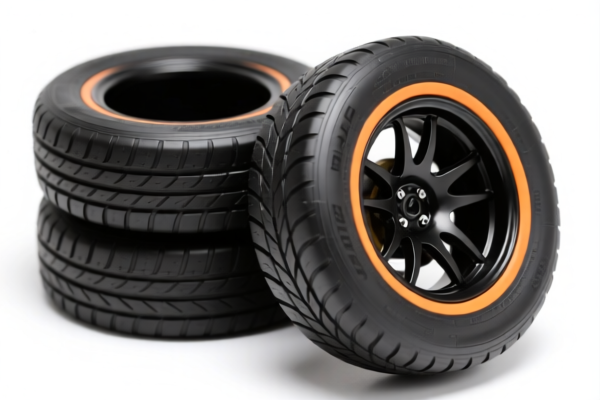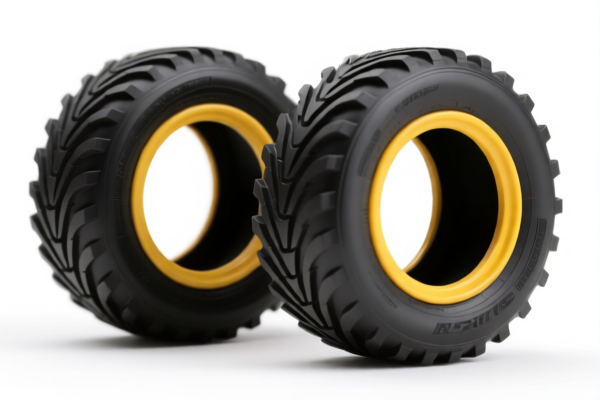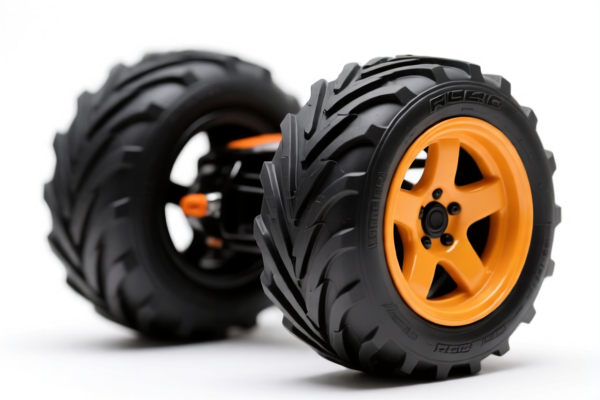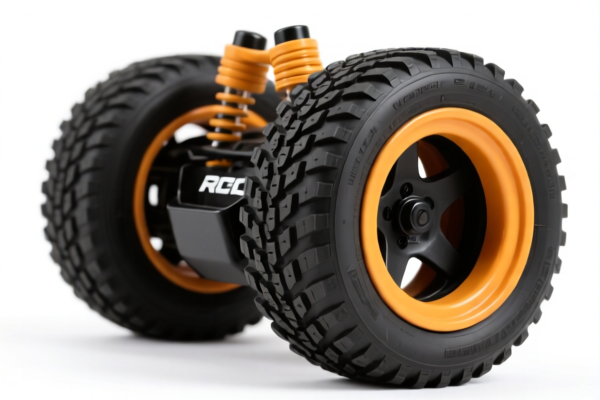| HS Code | Official Doc | Tariff Rate | Origin | Destination | Effective Date |
|---|---|---|---|---|---|
| 3926903000 | Doc | 59.2% | CN | US | 2025-05-12 |
| 7616995190 | Doc | 82.5% | CN | US | 2025-05-12 |
| 8548000000 | Doc | 55.0% | CN | US | 2025-05-12 |




RC Car Parts – HS Code Classification & Import Considerations
This document details the HS code classifications for the RC car parts you’ve declared, along with associated tariffs and important considerations for import. We'll break down each HS code and provide guidance for a smooth customs clearance process.
Important Note: While this analysis provides a strong starting point, the final classification is determined by customs officials based on the specific characteristics of your goods. It is crucial to provide accurate and detailed product descriptions and, if necessary, supporting documentation.
1. HS Code: 3926.90.30.00 – Other articles of plastics and articles of other materials
- Chapter 39: Plastics and articles thereof. This chapter covers a wide range of plastic products.
- 3926: Other articles of plastics and articles of other materials. This heading focuses on articles made from plastics or other materials, not specifically covered elsewhere in Chapter 39.
- 3926.90: Other. This subheading covers articles not specifically mentioned within 3926.
-
3926.90.30.00: Parts for yachts or pleasure boats; parts of canoes, racing shells, pneumatic craft and pleasure boats which are not of a type designed to be principally used with motors or sails. This specifically targets parts for these types of watercraft. However, it's important to confirm if your RC car parts are legitimately being used for these types of boats. If they are solely for RC cars, this code may be incorrect.
-
Tax Details:
- Basic Duty: 4.2%
- Additional Tariff: 25.0% (Currently)
- Additional Tariff (Post April 2, 2025): 30.0%
- Total Tax: 59.2%
-
Considerations:
- Material Composition: Confirm the primary material of these parts. If they are not plastic, this code is likely incorrect.
- End Use: Verify the intended use. If these parts are exclusively for RC cars, a different code within Chapter 85 (Electrical machinery and equipment) or Chapter 95 (Toys, games and sports equipment) may be more appropriate.
-
2. HS Code: 7616.99.51.90 – Other articles of aluminum
- Chapter 76: Aluminum and articles thereof. This chapter covers products made from aluminum.
- 7616: Other articles of aluminum. This heading covers aluminum articles not specifically covered elsewhere in Chapter 76.
- 7616.99: Other. This subheading covers articles not specifically mentioned within 7616.
-
7616.99.51.90: Other. This further specifies "other" aluminum articles.
-
Tax Details:
- Basic Duty: 2.5%
- Additional Tariff: 25.0% (Currently)
- Additional Tariff (Post April 2, 2025): 30.0% (Specifically for steel and aluminum products)
- Total Tax: 82.5%
-
Considerations:
- Aluminum Alloy: Specify the exact aluminum alloy used. Different alloys may have slightly different tariff treatments.
- Processing: Detail the level of processing these parts have undergone. Heavily processed parts may fall under a different code.
- Steel/Aluminum Surcharge: Be aware of the additional tariffs specifically applied to steel and aluminum products.
-
3. HS Code: 8548.00.00.00 – Electrical parts of machinery or apparatus
- Chapter 85: Electrical machinery and equipment. This chapter covers a wide range of electrical components and devices.
- 8548: Electrical parts of machinery or apparatus. This heading covers parts specifically designed for electrical machinery.
-
8548.00.00.00: Other. This covers electrical parts not specifically mentioned within 8548.
-
Tax Details:
- Basic Duty: 0.0%
- Additional Tariff: 25.0% (Currently)
- Additional Tariff (Post April 2, 2025): 30.0%
- Total Tax: 55.0%
-
Considerations:
- Functionality: Clearly define the electrical function of these parts (e.g., motor, controller, receiver).
- Voltage/Current: Specify the voltage and current requirements of these parts.
- Compatibility: Indicate the type of machinery these parts are designed for.
- Certification: Depending on the nature of the electrical parts, you may need to provide certifications (e.g., CE, UL) to demonstrate compliance with safety standards.
-
Recommendations:
- Detailed Product Descriptions: Provide comprehensive descriptions of each part, including material composition, dimensions, functionality, and intended use.
- Material Certificates: If applicable, provide certificates verifying the material composition of the parts.
- Technical Specifications: Include technical specifications (e.g., voltage, current, power) for electrical parts.
- Photos/Drawings: Include clear photos or drawings of the parts.
- Consult with a Customs Broker: Consider consulting with a licensed customs broker for assistance with classification and clearance. They can provide expert guidance and ensure compliance with all applicable regulations.
- Review Updates: Tariff rates and regulations are subject to change. Stay informed of any updates or changes that may affect your imports.
Disclaimer: This information is for general guidance only and does not constitute professional legal or customs advice. The final classification and tariff treatment are determined by customs officials based on the specific characteristics of your goods and applicable regulations.
Customer Reviews
No reviews yet.